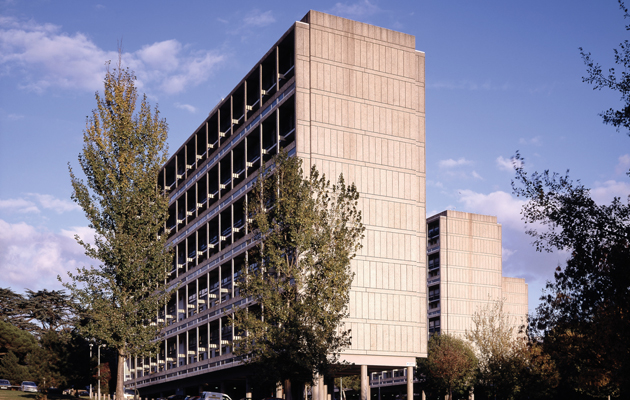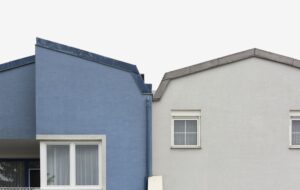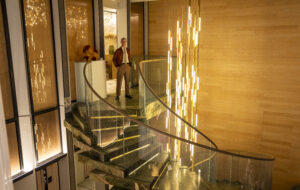|
|
||
|
The housing crisis is forcing people to live in ever more cramped conditions, but history teaches us that well-designed homes and public spaces are the bedrock of a civilised society Architecture creates the habitat for humanity, but it provides much more than a simple container for living. From the first primitive hut, mankind has understood that well-designed buildings and public spaces humanise, but that bad design brutalises. The Georgian London terrace or the run-down Victorian slum epitomise the effect of design on the quality of life. This is not just about cost. Historically we have created beautifully designed housing for everyone; one only needs to consider social housing such as the exceptional 19th-century Peabody blocks, or schemes like Powell and Moya’s Churchill Gardens Estate in Pimlico, or London County Council’s Alton Estate in Roehampton. What schemes like these have in common is a generosity of space and light, and the creation of public spaces where people can meet and children can play, as well as well-proportioned living spaces. As such, they were a reaction against the dark, overcrowded and unsanitary living conditions of the tenements that filled our cities in the years of the industrial revolution. We risk forgetting those lessons as our housing crisis leaves more and more families in overcrowded conditions, and crams those who do have somewhere to live in the smallest flats in the world. But towns and cities are defined not just by their buildings, but also by the public spaces that support the meeting of people and the exchange of ideas – the lifeblood of cities and civilisation. We can still today imagine the philosophers of ancient Greece walking and talking in the Athenian agora, or the artists of Renaissance Italy meeting in the beautiful piazzas of Siena or Pienza. It is in our nature to be social animals; it is through our relationship with others that we become civilised; and it is the public spaces and buildings of cities that form the setting for those meetings. This is why public space is so important at every scale, from a bench on every street corner, to neighbourhood playgrounds and pocket parks, to the squares and great parks where we attend concerts, sporting events and political demonstrations. Good public spaces bring people together. Badly designed or managed public spaces do the opposite: they engender fear of crime, which drives people away, which in turn accentuates fear and reinforces dereliction. The badly lit street, designed around cars rather than people, and cluttered with rubbishy street furniture, is a hostile environment and a blight on the city. Good design is not a decorative feature but intrinsic to the quality of life that we can offer our citizens, from their homes to their workplaces, to schools and hospitals, to our streets, parks and piazzas. Good design does not need to cost more, but bad design exacts a much higher price, eating away at everything that humanises and civilises us. Richard Rogers is the founder of Rogers Stirk Harbour + Partners and a Pritzker Architecture Prize Laureate |
Words Richard Rogers
Image: Universal Images Group |
|
|
||


















